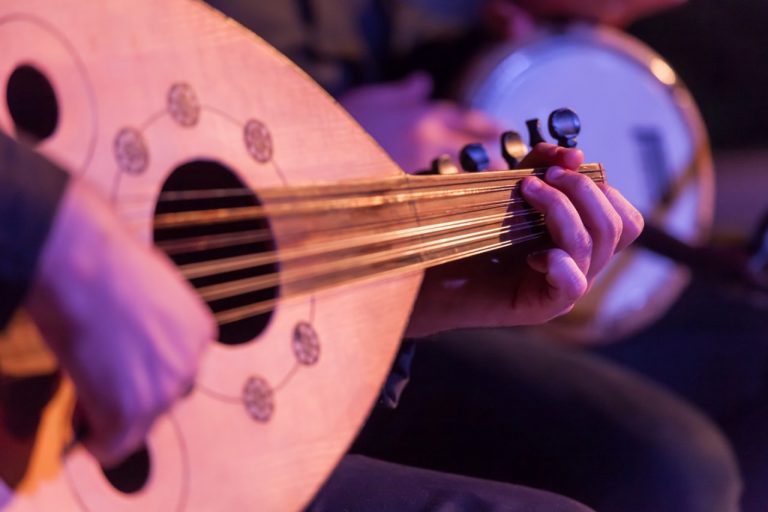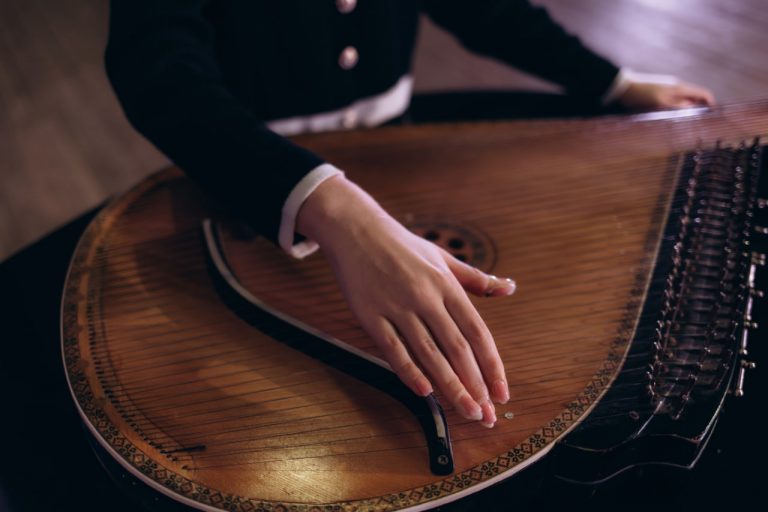Middle Eastern music is renowned for its rich melodic language and emotional depth, much of which is shaped by its unique scales and modes. These musical frameworks—often referred to as maqamat—offer an array of expressive possibilities that differ significantly from Western scales. For musicians eager to explore new sounds and deepen their musical vocabulary, incorporating Middle Eastern scales and modes can open exciting creative doors. This blog will guide you through the essentials of understanding these scales and practical tips on how to integrate them into your playing.
Understanding Middle Eastern Scales and Modes
Middle Eastern music primarily revolves around maqamat (singular: maqam), which are modal systems consisting of specific sequences of notes and intervals. Unlike Western major and minor scales, maqamat often include microtones—notes that fall between the standard semitones found on a piano keyboard. This microtonal structure gives Middle Eastern music its distinctive flavor.
Each maqam has its own mood and character, often linked to particular emotions, times of day, or even cultural contexts. Common maqamat include Rast, Hijaz, Bayati, and Nahawand, among many others. Each is defined by its tonic (starting note), scale pattern, and characteristic melodic phrases.
Familiarizing Yourself with Key Maqamat
To begin incorporating Middle Eastern scales, start by learning a few fundamental maqamat:
- Maqam Rast: Often likened to the Western major scale but with microtonal variations. It creates a strong, uplifting sound.
- Maqam Hijaz: Known for its exotic and haunting sound, it features a distinctive augmented second interval.
- Maqam Bayati: Commonly used in folk and traditional music, it has a warm and inviting character.
- Maqam Nahawand: Similar to the natural minor scale, it provides a melancholic and soulful tone.
Listening to examples of these maqamat played on traditional instruments such as the oud, qanun, or ney will help you internalize their unique qualities.
Learning the Intervals and Microtones
One of the main challenges in incorporating Middle Eastern scales into your playing is mastering the microtonal intervals. Unlike Western music’s equal temperament system, Middle Eastern music uses intervals that fall between the half steps and whole steps.
Start by understanding the approximate pitch of these microtones. Many musicians use fretless instruments like the oud or violin to explore these subtle differences. If you play a fretted instrument like the guitar, consider alternate tuning methods or microtonal fretboards, or experiment with bending notes to approximate the microtones.
Practicing Scale Patterns and Ornamentations
Once you become comfortable with the maqam scale, practice playing its patterns ascending and descending. Focus on the unique intervals and characteristic notes that define each mode.
Middle Eastern music also uses specific ornamentations, such as trills, slides, and grace notes, that emphasize the emotional content of the maqam. Incorporate these embellishments into your practice to bring authenticity and expressiveness to your playing.
Incorporating Maqamat into Improvisation
Improvisation is a vital part of Middle Eastern musical tradition, often performed within the framework of a maqam. To start improvising, choose a maqam and experiment by creating melodic phrases that highlight its distinctive intervals and motifs.
Begin with simple phrases and gradually build complexity as you grow more comfortable. Listening to traditional taqsim (improvised solos) will provide inspiration and insight into common improvisational techniques used by skilled musicians.
Adapting Middle Eastern Scales to Your Instrument
Depending on your instrument, adapting maqamat can vary in difficulty. For fretless instruments like the oud, violin, or cello, you have the freedom to play microtones accurately. On fretted instruments, you might need to experiment with bending notes or using alternative tunings to capture the essence of the maqam.
If you play a keyboard or piano, exploring Middle Eastern scales can be more challenging due to the fixed pitches, but you can still approximate the sound by focusing on the scale patterns and phrasing within the limitations.
Blending Middle Eastern Modes with Other Styles
Many contemporary musicians successfully blend Middle Eastern scales with jazz, fusion, rock, and other genres. Experiment with combining maqamat with familiar Western chord progressions or rhythmic grooves to create fresh, hybrid sounds.
Pay attention to how the maqam’s characteristic notes interact with harmonic structures and strive for a balance that respects the traditional flavor while allowing personal expression.
Using Rhythmic Patterns Alongside Maqamat
Rhythm plays a crucial role in Middle Eastern music. Pairing maqamat with traditional rhythmic cycles, such as the 10/8 samai or 7/8 ussak, enhances the authenticity and depth of your playing.
Learn these rhythmic patterns and practice playing scales and improvisations while maintaining the pulse. This will help you develop a more holistic understanding of the musical style.
Learning from Native Musicians and Resources
To truly grasp the nuances of Middle Eastern music, seek out recordings, live performances, and lessons from native musicians and teachers. Workshops, online tutorials, and instructional books focusing on maqamat and traditional playing techniques provide invaluable guidance.
Immersing yourself in the cultural context behind the music will deepen your appreciation and improve your interpretation.



